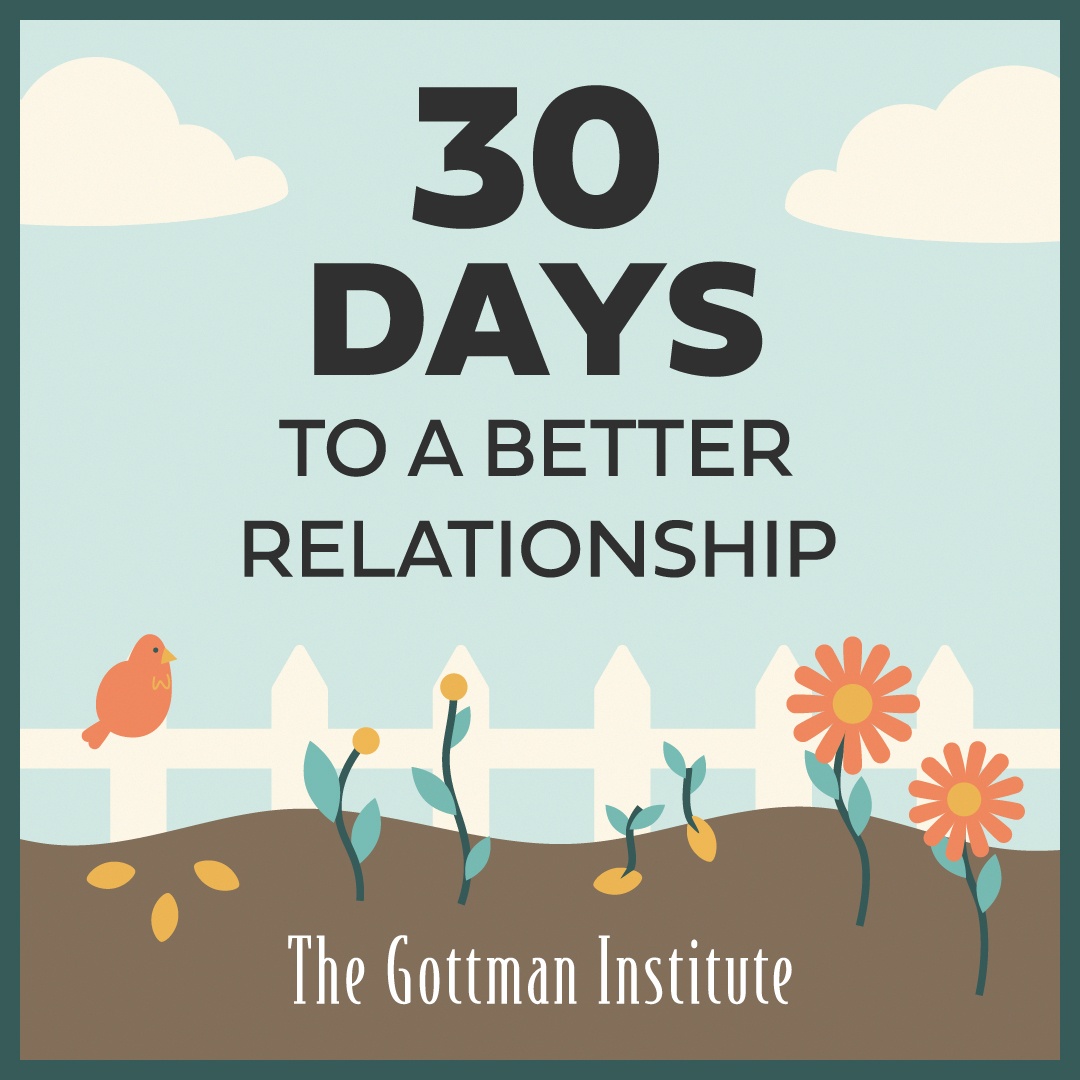Do you find yourself feeling anxious, depressed, or even lonely in your relationship?
All of us experience challenges and conflicts in our marriage at one time or another. As Dr. John Gottman explains, continuously mishandling ongoing problems can result in uncomfortable gridlock and a sense that you are “spinning your wheels” and getting nowhere. The key to avoiding gridlock is to gain a better understanding of what your partner is thinking and feeling – but how?
Life is ever-changing and, whether you realize it or not, you make choices daily about how to respond to your partner. It takes disengaging from autopilot to become more aware of your own thoughts and actions. This is where mindfulness meditation comes in. Mindfulness meditation stems from Vipassana or insight meditation, which translates into “clear seeing or insight.”Although rooted in Buddhist meditation, we are going to be exploring the secular practice of mindfulness in this new series titled The Mindful Marriage.
Mindfulness meditation is not just about relaxation – it’s about maintaining a moment-to-moment awareness and acceptance of your thoughts, feelings, bodily sensations, and surrounding environment.
It’s important to approach meditation with a “beginner’s mind.” With this mindset, you’re able to see your partner with fresh eyes.
Mindfulness meditation is not about giving up all of your concerns or thoughts about a situation. Instead, it allows you to take in new information and look at in a different way. This empowers you to become more present to everything in your life and ultimately brings back a sense of wonder, curiosity, and awe.
Exercise: Putting Mindfulness Meditation into Practice
Here is a simple meditation exercise that I like to practice daily. I recommend doing this 20 minutes a day. However, if your life doesn’t allow for this at the moment, start with five or ten minutes. The most important part is to get started meditating on a regular basis. It will enable you to tune into the present moment and become mindful of the different sensations in your body.
Begin by sitting comfortably, with both feet on the ground. Gently close your eyes or lower your gaze, as you start to observe your breath. Bring your attention to how your feet come into contact with the floor. Become aware of any or all of the sensations you are feeling. Notice the firmness of the ground under your feet and the points of contact where your shoes touch your feet. Pause, take a breath.
Moving your attention higher, notice where your thighs and buttocks come in contact with the chair. Allow the chair to support you and hold your body without your needing to do anything.
Now, move your attention to your back. Where does your back come in contact with the chair? Can you feel the difference between where there is contact and where isn’t? (Pause, take a breath.)
Bring your attention to your hands. Notice what are they touching—perhaps the chair, your thighs, or maybe your other hand. Are they tingling, cool or warm? Just notice any sensations.
Now, being fully present, feel your entire body sitting on the chair in this moment. Bring your attention to your breath, making the next couple of breaths a little bit deeper so you can really feel the breath. (Pause, take a breath.)
What sensations are the most pleasant? Where do you feel everything the most? At your nostrils where the air comes in? At the back of your throat? During your in-breath or the out-breath? In your chest or in your belly? Be aware and accepting of whatever you sense in these body parts, without controlling or changing those feelings.
Use this place – where you feel it the most – as an anchor to come back to whenever your mind wanders off. Breathing normally, remember to be kind to yourself as you work this practice into your daily life.
Rest assured, you will have days where you sit down and are laser-focused on the present. There will also be days where you sit down and can hardly remain still, as your mind races. Yes, it can and will be challenging. When this happens, and your mind is wandering, just gently bring yourself back to the breath. This is all part of the practice—the key is to accept what is happening without judgment.
Quieting the excess chatter in your mind will help to steady your emotions and lower your mental and physical levels of stress, making you less reactive to your partner’s words or actions. You can also use this practice to tune in daily and focus on the small, everyday moments with your loved one. Start by paying attention and intently listening to what they have to say or being really present when you hug or kiss them. Actually feel the situation and get in touch with your physical sensations.
Time to take this newfound practice and sense of awareness forward into your marriage!








